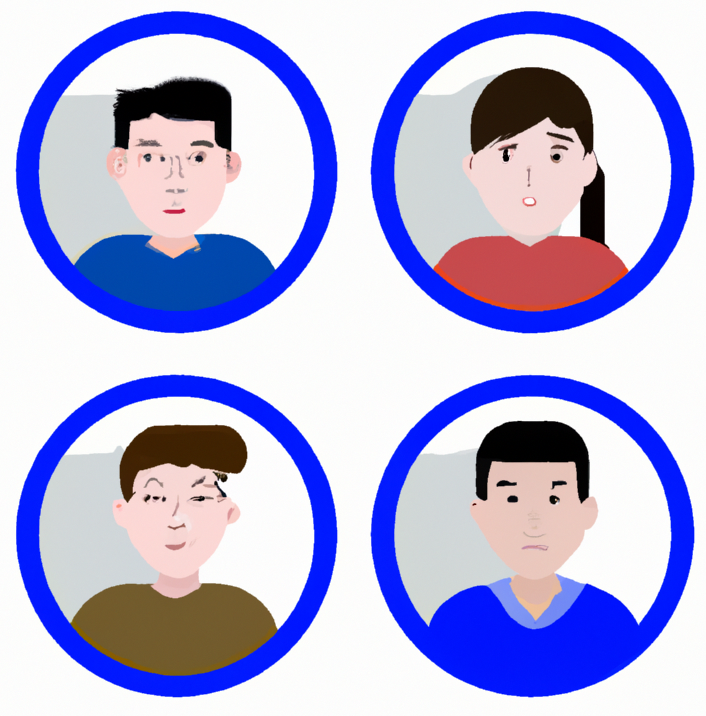In the digital space an extension from online to mobile is a necessity for the live music sector to build a one to one connection with their consumers and generate extra merchandising opportunities. The same is the case for event promoters, even more so in the emerging markets where mobile penetration outstrips broadband connections at a rate above 25:1.
So how do live promoters, venues and ticketing companies successfully embrace mobile to generate new income streams whilst also creating a one to one communication channel with their consumers?
SMS has been one method, although it is an unbranded experience and lacks a compelling USP from the consumer side. WAP provides a slow and clunky user experience, which generally repels customers (Lilly Allen’s WAP site has only attracted 12 new users per month since March 2008). So what are the alternatives? On Device Portals (ODPs) are little applications with slick interfaces offering easy integration into web based payment engines.
Importantly ODPs require 80% less keystrokes than WAP and are 20 times faster in terms of use. General formats these applications are delivered in are JAVA, Doja (Japan), Brew (USA) and Flash lte. JAVA is the predominant build code due to its compatability with over 95% of handsets in the market, as opposed to only 15% for flash lte capable handsets. Functionalities can include:
Voting
Quizes
Real-time Audio and video streaming
Merchandise purchasing (M-commerce)
Social networking
Blogging
IM
Ticker, banner and splash ads
So why embrace ODP’s? Reasons include; a branded logo within the menu structure of a customers handset, real-time engagement with the end user and the fact that the brand or promoter receive 100% of any merchandise sold via the portal. ODPs can be delivered via Bluetooth (perfect for live events), buttons on websites and SMS push campaigns. A key USP is the send to a friend viral aspect. Artists like HIM, Ozzy Ozbourne and even Kylie have utilised ODPs in the past to enhance their fans experience.
Because everything is delivered OTA (over-the-air), content and offers, can be updated on the fly by the brand/content owner. Users can access all this offline, a great way to enjoy mobile content without waiting for downloads (a result of network latency) or suffering bill-shock (a result of high data charges).
Ticketing is one aspect, which is being utilised with much success by Australian promoter Frontier Touring. Frontier are utilising an ODP to gain customer data (mobile number, geographic region) whilst allowing fans who have downloaded the application to pre-purchase tickets to live concerts a number of days before tickets go on sale to the general public. They are also announcing all tours via the ODP first to enhance brand loyalty.
To gain an insight into the uptake of ODPs at live events it is important to provide a real example. A capacity crowd (20,000) during a Portsmouth v Manchester game at Portsmouth stadium was told to turn on their Bluetooth via the large screens around the stadium so they could receive special promotions from brands including Addidas and Toyota. The promotion was an ODP being bluetoothed to their phone and was in my mind rather non-engaging content. Of the 20,000 capacity crowd there were over 11,000 successful installs of the ODPs.
How is their relevant to live music promoters, venues or ticketing companies you may ask? On the following levels:
All would receive the mobile number, handset type and geographic location of that fan/consumer
Billing integrates into your existing web based billing systems yet provides mobile purchasing opportunities.
Tickets can be sold via an ODP as well as merchandise
Beginning of direct one-to-one mobile relationship with fan
Ability to update content and news and offers OTA (over-the-air)
Can use mobile number to provide more targeted marketing in the future
Whether delivered via Bluetooth, WAP push or web buttons ODPs have consistently delivered above 50% increase in content consumption and purchase over and above WAP. No matter whether the ODP came from an operator portal, promoter or ticketing website or viral SMS link the content consumption increase is very similar.
Delivering content to the user’s phone is just part of the attraction of ODPs. They also enable promoters, ticketing companies and venues to show mobile advertising and keep the revenue. Mobile advertising can take the form of news ticker, banners and splash ads. Brands and their agencies are becoming more confident and convinced of the effectiveness of mobile advertising They have and will continue to turn to ODPs to deliver the customised and targeted messages that are critical to the success of all integrated marketing campaigns.
Against this backdrop, expect to see more promoters, venues and ticketing companies make ODPs the centrepiece of their D2C ticket-selling strategies. After all, what other technology allows them to have a branded presence on the handset, interact with users one-on-one, and – best of all – take 100 percent of the sales and advertising revenues generated? Furthermore operators are becoming receptive to hosting full branded ODPs on their portals, which provides a great distribution/landgrab opportunity without affecting D2C distribution or live music sponsorship deals, if anything it will enhance them.
Written by Jakomi Mathews
Jakomi is a digital/mobile strategy & implementation consultant.
E: Jakomi@themusicvoid.com
B: www.themusicvoid.com
© All rights reserved.



